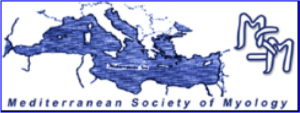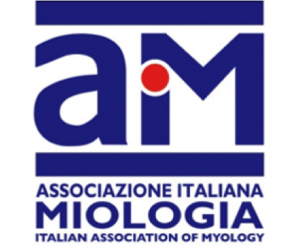Mutations in the Nebulin gene (NEB) may cause core-rod myopathy. The large size of the gene so far prevented inclusion of its routine analysis by didesoxy resequencing methodology in the diagnostic regime for muscular dystrophy cases. Here we report a 54-year-old female with a rare histological myopathy presentation of co-occurring cores and rods. The patient reported early childhood onset weakness. Muscle-MRI showed mainly proximal muscle involvement. We identified two compound heterozygous non-sense mutations in NEB (c.19653G > A, p.W6551* exon 127 and c.25441C > T, p.R8481* exon 182) using a comprehensive next generation sequencing (NGS)-based approach named Mendeliome Sequencing. The p.W6551* mutation has not been reported elsewhere. Early diagnosis by NGS shall be chased since even a scoliosis surgery at the age of 18 years had failed to initiate a neurological workup. Rather, cosmetic surgery for facial weakness had been performed recently, albeit with an unsatisfactory outcome.






